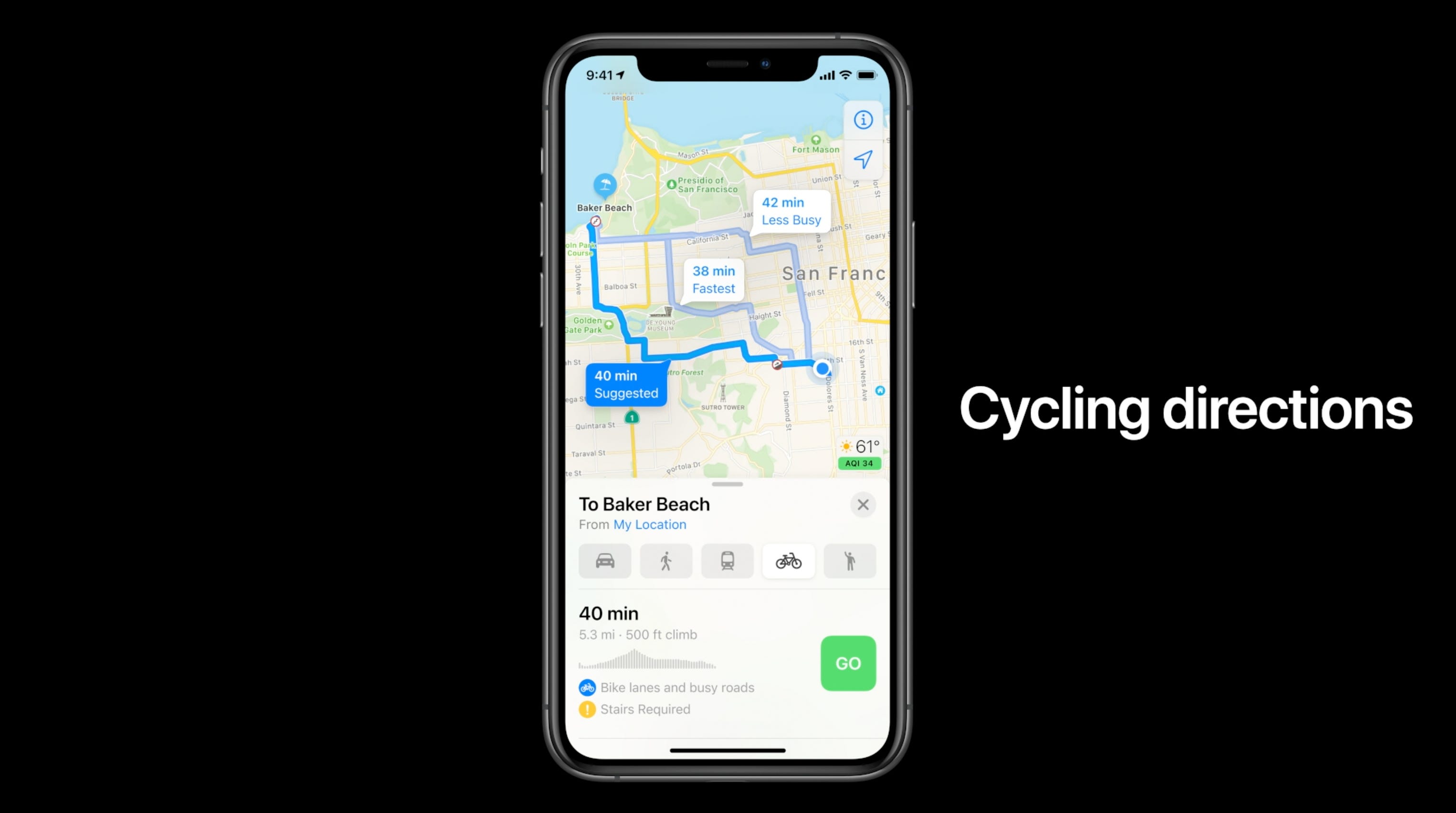
When Apple first released the latest major update to its mobile operating system, iOS 14, in September, iPhone fans were excited to see several new features and improvements that make using their phones easier. But Android users were quick to point out that the changes looked a little… familiar.
While iOS 14.5’s release in April saw some brand-new features — including the ability to unlock your iPhone with Face ID while wearing a mask and stop apps from tracking you for advertising purposes — they’re building on some of the original features that left Android users with deja vu. (Here’s how to download iOS 14 and iPadOS 14 now.)
Here’s a list of all the Apple iOS 14 features that Android already had.
iOS 14 has a Translate app that’s designed for use in real-time conversation. It can translate between 11 languages, including English, Mandarin Chinese, French, German and Korean. As of March 2020, Google’s 14-year-old dedicated translation app could transcribe conversations in eight languages in real-time.

Widgets
With the latest operating system, the revamped iPhone ($600 at Best Buy) and iPad ($419 at eBay) home screens now include widgets, which let you see information like the weather at a glance. Prior to iOS 14, iPhone users could only have apps on the iPhone home screen. But widgets, which contain more information and are more functional than app icons, have been a mainstay feature on Google’s Android since its inception in 2008.

App Clips
Apple’s App Clips let users preview “small parts” of apps quickly without downloading them. This can come in handy when trying to pay for takeout or parking, since App Clips is compatible with Apple Pay and Sign In with Apple. Google introduced a similar feature, Instant Apps, in 2016. Instant Apps gives apps their own URL so users don’t have to download an entire app for a single transaction, like buying concert tickets for example.
App Library
Another part of Apple’s redesigned home screen is an App Library that organizes your apps into groups and lists. With the new home screen in iOS 14, users can also “hide” apps from their main home screen. This is similar to Android’s app drawer, sans the grouping features.
Apple Maps cycling directions
The updated Apple Maps app provides ways to travel in a more eco-friendly fashion in iOS 14 and WatchOS 7. The dedicated Cycling option helps users find bike paths while taking into account elevation, whether the route you take is busy or quiet, and if you’ll encounter any stairs. While Google Maps doesn’t factor in stairs, there has been the option to select “cycling” since 2010. When I tried it on my Pixel 3 ($190 at Amazon), the step-by-step directions offer a look at elevation on a trip, too.

Picture-in-picture
Apple’s new picture-in-picture feature lets users watch a video while using other apps. The video shrinks and be able to float anywhere on the screen. It can also be swiped away and the video’s audio can still play. Android phones already have the ability to float videos over other apps, although the audio doesn’t continue to play if the video is swiped away.

Wind Down mode
Another new feature is a Wind Down mode that helps users get ready for bed. The feature, which works for iPhone and Apple Watch ($399 at Apple), lets you set a desired bedtime and wake-up time, and puts your phone into Do Not Disturb mode. There are also options to add shortcuts for meditation or playing relaxing music. Google doesn’t have a dedicated app for this, but there is a way to set up a bedtime routine through the Google Home app.






















